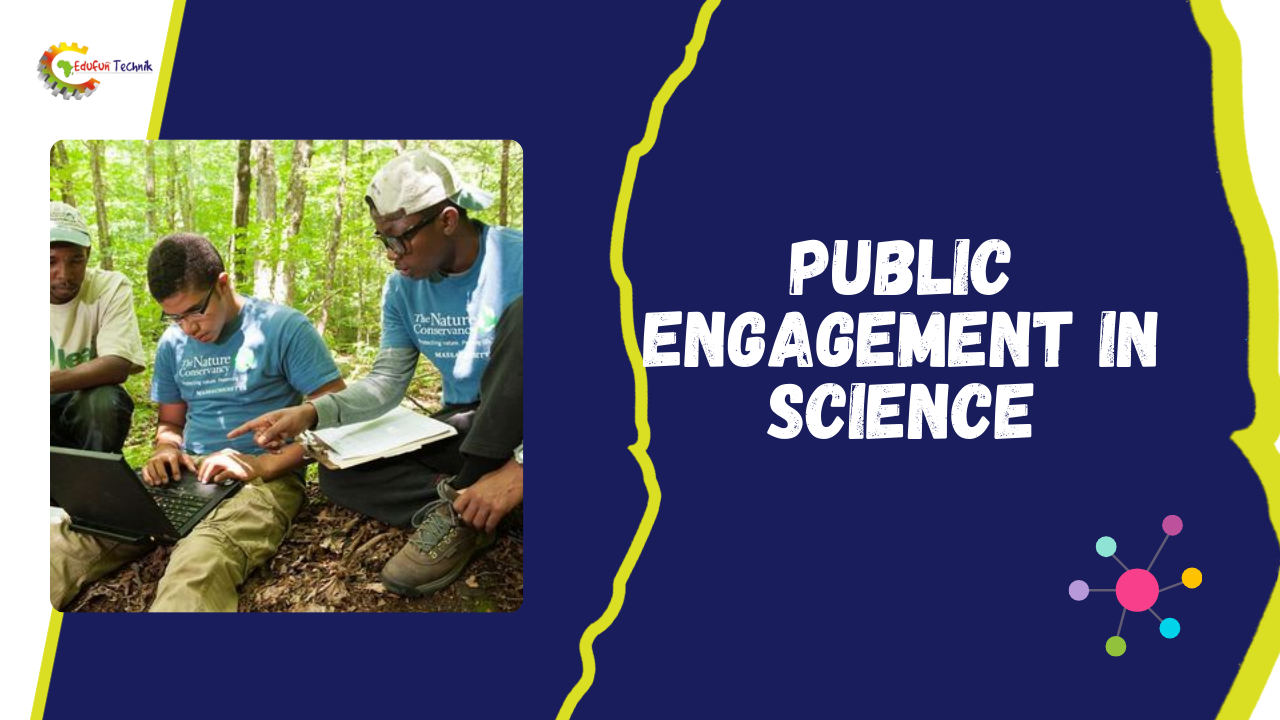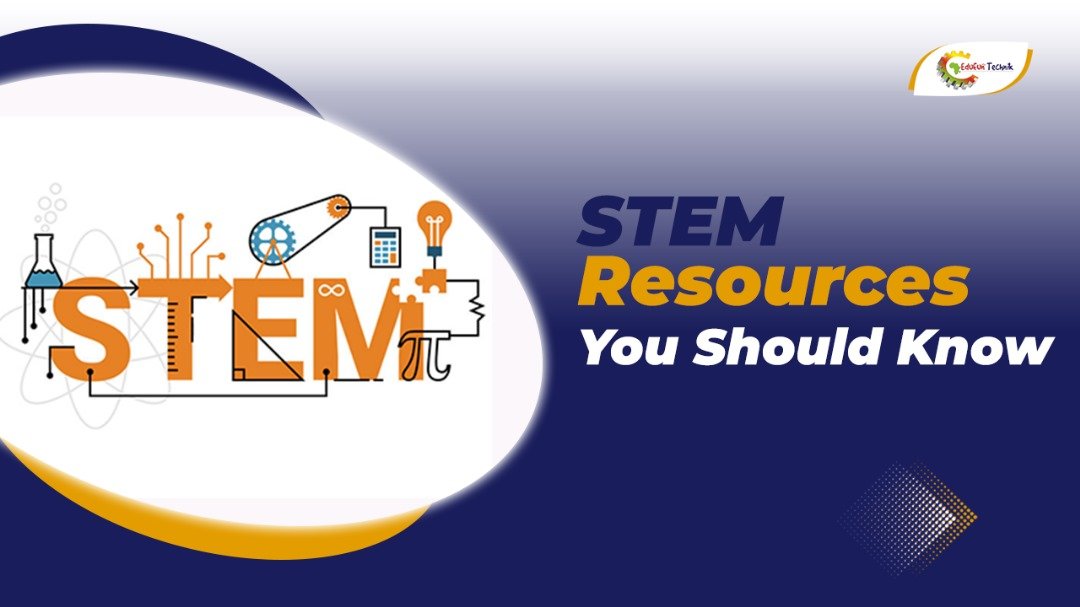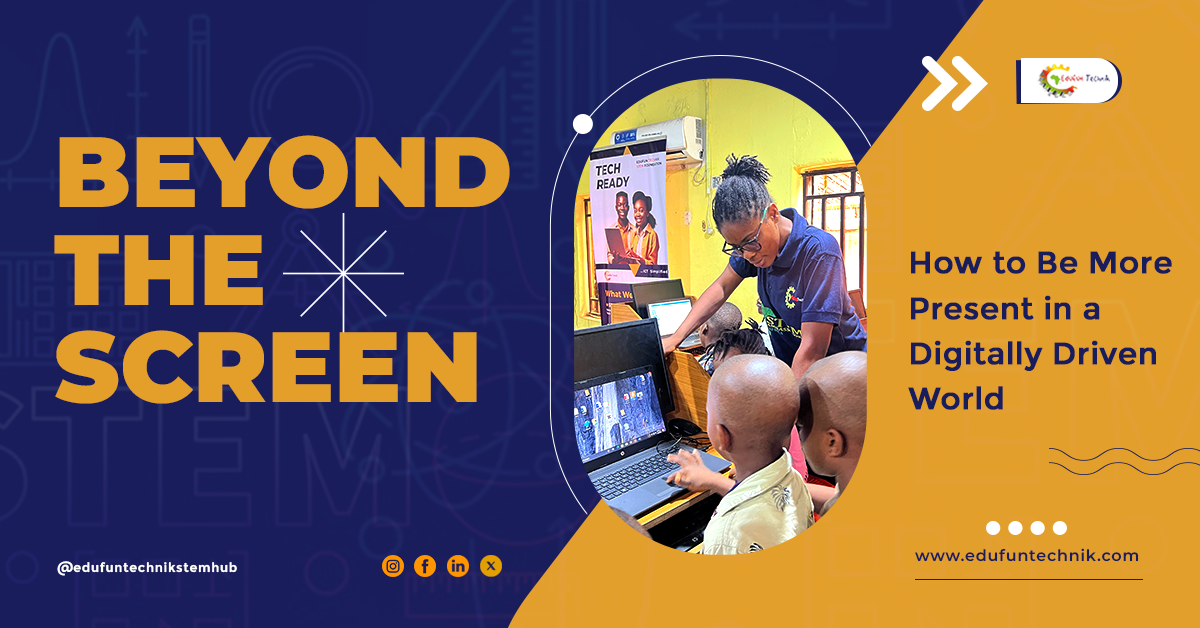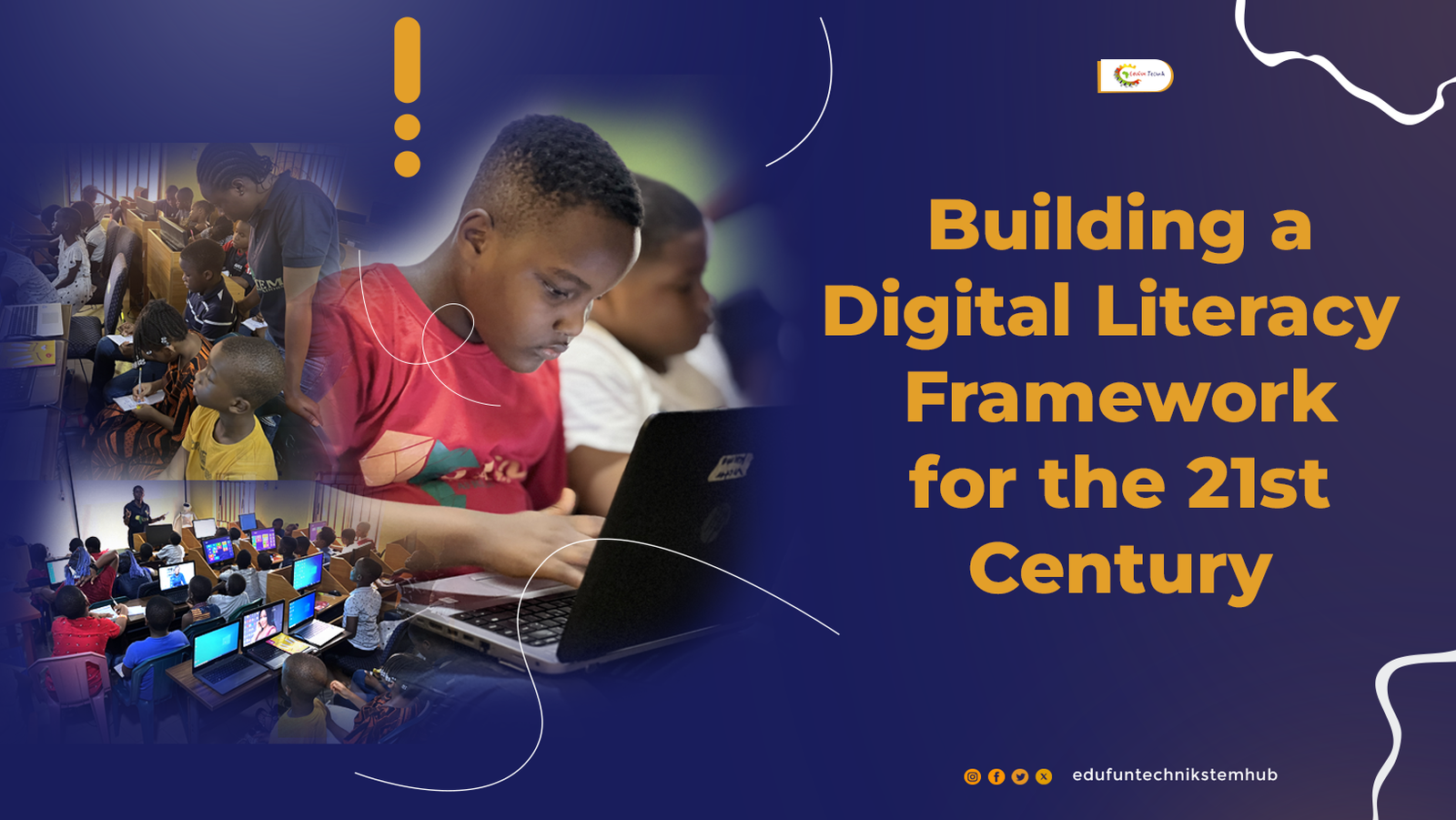Science is all around us, from the technology in our pockets to the medicine we use and even the foods we eat. But understanding science and staying informed about new discoveries can feel overwhelming. “Public engagement in science” means connecting science with people like you and me. It’s about making science something everyone can understand and care about, even if you’re not a scientist.
You might wonder, “Why should I get involved?” Well, science helps us make smart choices about health, the environment, and technology. When we understand science, we can ask better questions, support important causes, and even help solve problems.
Why Public Engagement in Science Matters
Public engagement in science helps build trust and understanding between scientists and the public. During events like the COVID-19 pandemic, people worldwide needed accurate information to make choices for their health and safety. Scientists worked hard to share updates on vaccines, safety practices, and research, but with so much information—and misinformation—out there, it was not always easy to know what to believe.
By being engaged, we learn how to spot good information, which is super helpful when it comes to making decisions. If we understand science better, we are less likely to fall for myths or fake news. When we trust science, it also benefits scientists, because more trust means more support for their work. Dr. Naomi Oreskes, a historian of science, has talked about how public trust in science is vital for progress, and without it, research could struggle to get the support it needs.
Another benefit is that public engagement allows regular people to be part of science in real ways. You might have heard of “citizen science.” This is when people, even those without any special training, help scientists with research projects. For example, many people have joined online platforms like Zooniverse, where they can help researchers by identifying animals in photos or even by helping to track the stars! Engaging the public like this has led to new discoveries and helps make science more exciting and accessible.
Challenges to Public Engagement in Science
Getting people excited about science is not always easy. Scientific language can be hard to understand, especially when it includes complex terms and theories. This “language barrier” makes it challenging for non-scientists to grasp what’s happening in scientific research. If you have ever read a science article and felt lost, you are not alone! Scientists and educators are now working on simplifying their language so more people can follow along.
Another big issue is funding and support for science outreach. Many scientists are busy with research and don’t have time or incentives to connect with the public. According to Dr. John Besley, an expert in science communication, scientists tend to view informing the public as more important than other public communication objectives. They are often under pressure to publish in academic journals rather than to speak at public events or write articles for general readers. Without the right support, outreach can fall behind, making it harder to connect science with everyday people.
Finally, there’s the issue of misinformation. With social media, both facts and myths can spread quickly. Misleading or fake information can reach a lot of people and make it harder for reliable science to be heard. For example, myths about vaccines circulated heavily during the pandemic, even as scientists tried to share accurate, life-saving information. Being engaged and informed helps people understand the difference between science and myths, which is crucial in today’s digital world.
How You Can Get Involved in Science
Getting involved in science is easier than it might seem. You don’t need to be a scientist or even know much about it. There are several ways to connect with science and learn more, starting right from home.
One easy way is to explore online science resources. Organizations like NASA, National Geographic, and the American Museum of Natural History have lots of videos, articles, and even virtual tours you can check out for free. Following trusted science sources can help you stay informed without getting overwhelmed.
You can also participate in citizen science projects. These are projects where everyday people can contribute to real research. One popular citizen science project is with the Cornell Lab of Ornithology, where people track birds in their local areas and share their findings. Projects like this one help scientists gather data they wouldn’t be able to collect on their own, making it a true team effort.
Another simple way to engage with science is by talking about it with friends, family, and your community. Whether you are discussing climate change, new medical research, or the latest tech, sharing ideas helps others see the importance of science, too. And if you are on social media, you can follow scientists and science communicators who make complex topics easy to understand and even fun to learn about.
Real-World Examples of Public Engagement in Science
Many organizations are already leading the way in public engagement. One well-known example is NASA, which does an excellent job of bringing space science to everyone. NASA not only shares space discoveries on its website but also uses social media to keep people updated on space missions. They have over 70 million followers on Twitter, where they share everything from pictures of Mars to facts about black holes. This engagement makes space science accessible and sparks interest in space exploration among people of all ages.
Another example is the March for Science, which began in 2017. This global event brought together people who wanted to show their support for science-based decision-making. The March for Science aimed to raise awareness about the importance of science in policy making, environmental protection, and public health. People from different backgrounds came together to highlight how science benefits everyone. It also sent a message to policymakers about the importance of funding and supporting scientific research.
There’s also Girls Who Code, an organization focused on getting young girls involved in computer science and technology. Founded by Reshma Saujani, this nonprofit teaches coding and offers mentorship to young girls across the United States. Their programs are designed to be engaging and hands-on, helping girls feel confident and excited about careers in tech, a field traditionally dominated by men. Girls Who Code has reached over 500,000 girls and continues to inspire more to pursue STEM careers.
Lastly, the Citizen Science Association connects people to projects that need help collecting data, from tracking pollution levels to monitoring wildlife populations. By involving the public, these projects gather more information than a single researcher or team could, and they help people feel directly connected to science. Through this association, people of all ages and backgrounds can participate, learn, and contribute to meaningful research projects.
Ways Public Engagement in Science Helps Society
When the public is engaged in science, it benefits everyone. First, it helps people make informed decisions. For example, understanding basic science about viruses and vaccines helped many people protect themselves during the COVID-19 pandemic. Knowing where to get reliable information can empower people to make choices that keep them and their communities safe.
Second, engagement promotes innovation. When more people understand and care about science, there is a bigger push for solutions to everyday problems. By participating in citizen science projects, you might even help discover something new! Programs like Zooniverse, where volunteers can help classify galaxies, are examples of how public involvement leads to real scientific advancements.
Finally, public engagement supports equality in science. Many organizations, like the National Society of Black Engineers (NSBE), work hard to make science inclusive. NSBE provides scholarships, networking, and mentorship to young Black students, helping them enter fields like engineering and tech. Through programs like these, more voices can contribute to scientific discoveries, making science a field that truly represents everyone.
A Future Where Everyone Is a Part of Science
As technology advances, new ways to engage with science are emerging. Virtual reality (VR) experiences allow people to explore scientific concepts in an immersive way. Imagine putting on VR goggles and walking through the solar system or seeing a cell up close! These technologies make learning fun and accessible to people of all ages.
Public engagement in science is essential because science is for everyone. When we understand how science affects our lives, we’re better prepared to face the future and make choices that benefit ourselves, our communities, and the planet. You don’t need a degree in science to care about it, talk about it, or support it. By staying curious, learning from trusted sources, and sharing what you know, you help create a society that values and understands science.
Consequently, public engagement in science is about connecting everyone with scientific knowledge and making it accessible and meaningful. Whether it’s through citizen science projects, reliable online resources, or discussions in your community, there are many ways to get involved. By doing so, you help build a world that values science and works together to solve problems.
So, the next time you read about a new discovery or hear about a science topic, take a moment to explore, ask questions, and share what you learn. After all, science belongs to everyone, and the future of science includes you.







